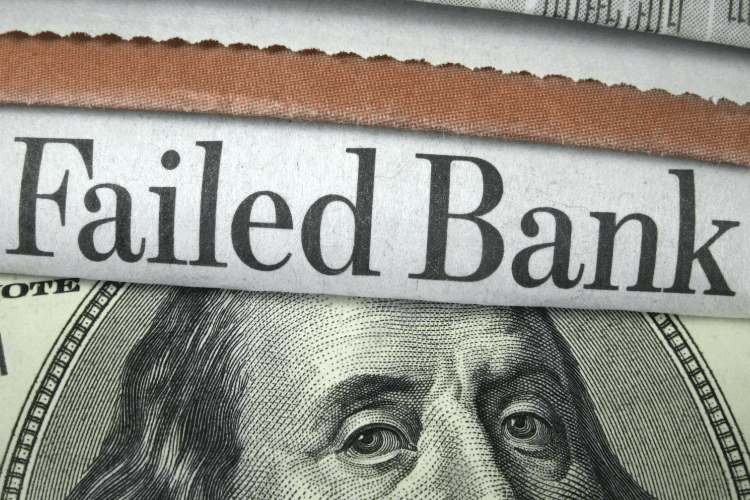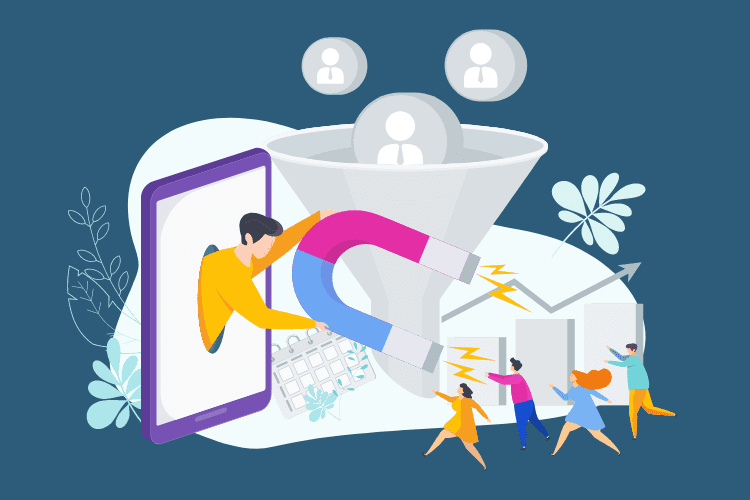How Small Businesses Can Get Government Aid Through the CARES Act

As part of the CARES Act, the federal government’s coronavirus relief bill, individuals, businesses and health care organizations will all be eligible to receive monetary aid to stay afloat during this pandemic. Individuals have the most straightforward relief package – direct deposits based on income – but it’s a bit more complicated for small businesses.
$350 billion of the $2.2 trillion CARES Act funding is earmarked for small businesses. If you’re a business owner hoping to receive some federal aid, there’s a lot of information you’ll need to work through quickly. Or if you’re a worker who’s been laid off by a small business, this package can help you get your job back.
Here’s what you need to know about how the CARES Act impacts you.
Who Qualifies for Small Business Relief?
To be eligible for coronavirus-related small business loans, you must be:
- A small business, tribal business, 501(c)(3) nonprofit, or 501(c)(19) veterans organization with fewer than 500 employees
- An individual who works as a sole proprietor, independent contractor, or who is self-employed
It’s worth noting that the 500 employee maximum applies to any workers – full-time, part-time or otherwise. Volunteers and independent contractors, however, do not count.
In addition, businesses need to make a “good faith certification” that they are applying for a loan as a result of coronavirus-related needs. In addition, the loan must be used for payroll, mortgage, lease, and utility payments. The only other disqualifier would be if your business had already applied for a similar loan before the CARES Act was passed into law, in which case you would still be receiving compensation anyway.
Loans You Can Qualify For
The two primary types of loans being offered are Payroll Protection Loans and Economic Injury Disaster Loans.
Payroll protection loans are designed to help businesses keep employees on board in a time when unemployment is increasing at record rates. Companies can take out loans worth 2.5 times their monthly payroll costs, up to $10 million. Payroll costs include:
- Salaries and wages
- Tips
- Vacation, parental, medical leave costs
- Severance payments
- Retirement benefits
Your average monthly payroll costs will be calculated based on your costs between February 15 or March 1, 2019, and ending June 30, 2019, according to the Chamber of Commerce. The Small Business Administration will forgive payroll protection loans if employees are kept on for eight weeks and the funds are only used for payroll costs, utilities, and rent. As a result, companies have a strong incentive to keep paying their staff despite the interruption COVID-19 has likely caused. Payments will also be automatically deferred for six months, and if your loan is not forgiven, the interest rate is just 1 percent.
Economic Injury Disaster Loans (EIDLs) apply more broadly, but you can only borrow up to $2 million. These loans can be used to pay off any debts or bills that business owners can’t afford as a result of the coronavirus. Loan terms are flexible but can be as long as 30 years depending on a business’s ability to repay, and the interest rates for EIDLs to small businesses is 3.75 percent.
To get relief fast, business owners can apply for EIDL advances of up to $10,000. The SBA says that advances will be available within three days of application submission.
How to Apply
The applications for Paycheck Protection Loans and EIDLs are different, but you’ll need to include much of the same information on both.
The SBA has a sample Paycheck Protection Loan application you can read through before filling out your actual application. The information is largely self-declared, meaning the SBA trusts that business owners will fill out applications honestly since verifying every piece of information would stall the whole process. You can apply through any SBA lender and applications started processing on April 3.
You can apply for an EIDL directly through the SBA’s website. Much like the paycheck loans, the application process has been streamlined to help ailing businesses get relief quickly. The SBA estimates the application takes a little over two hours, and you’ll need to include information on your business, yourself, and any other owners.
Bottom Line
Small businesses are among the hardest-hit economic institutions by the coronavirus outbreak. More than 16 million Americans have been laid off in the last three weeks, many of them from small businesses and the government stepped up to provide some aid to struggling companies and individuals.
Keep in mind, however, that the loan process may not run perfectly. In 2019, the SBA managed $131 billion dollars in loans. Now, the administration has to potentially process three times that amount in the drop of a hat. The sooner you apply, the better, and applying for an EIDL advance can help you cover costs if your loan can’t get processed for a few weeks.
The CARES Act took significant strides to help small businesses, but it remains to be seen if it’s the only measure the federal government will take. As Washington’s coronavirus response changes, we’ll keep you posted on what’s new.
See Also: Grants and Student Aid Available Through the CARES Act









